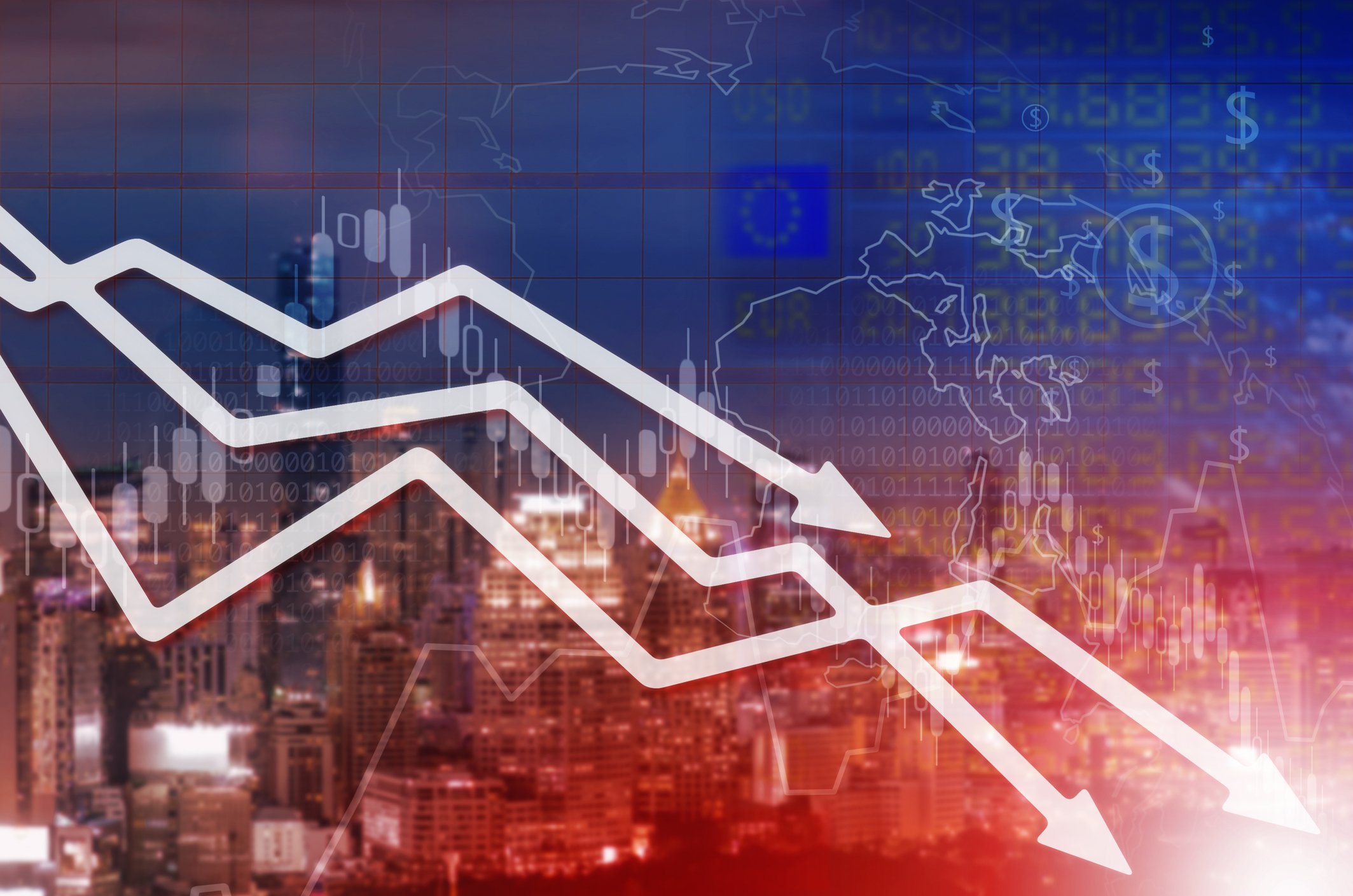Ballard Power Systems (BLDP +0.76%), a familiar face among providers of fuel cell solutions, is expected to report first-quarter earnings on May 2. Analysts expect the company to report a $0.04 loss per share, but there's much more to a company's quarterly performance than just one figure, so let's look at what we can expect the company to address when it reports earnings.
A land of opportunity, maybe
Arguably, one of the most important things that will be addressed during the company's Q1 earnings reports is its progress, or lack thereof, regarding its expansion in China. In addition to partnering with Weichai Power, a leading automotive manufacturer in China, Ballard is working with Zhongshan Broad-Ocean Motor Co. to provide fuel cell stacks and power modules for several applications in China, including buses, commercial trucks, and forklifts.

Image source: Getty Images.
Ballard reported progress on its collaboration with Weichai Power in January when it announced that Weichai had gained two seats on Ballard's board of directors. Yet there hasn't been any news subsequent to that announcement, and none at all regarding Broad-Ocean.
Ballard's success in China is far from a guarantee. Facing headwinds in China during Q3 2018, Ballard reported lower revenue due to lower sales in its joint venture with Guangdong Synergy; moreover, Ballard proceeded to remove the value of the contract from its order backlog.
Present and future sales
While Ballard's management provides scant guidance, it did forecast 2019 sales to show little, if any, growth compared with the $97 million that it reported in 2018. Analysts consequently estimate the company will report revenue of $21 million for the first quarter. On a more granular level, investors can look to see if the company reports lower heavy-duty motive sales and higher revenue from technology solutions -- two things management expects to occur in 2019. For context, heavy-duty motive and technology solutions accounted for sales of $9.3 million and $7.7 million, respectively, in Q1 2018, while each represented sales of approximately $40 million for fiscal 2018.

Image source: Getty Images.
Investors can also look for the company to address its order backlog to assess the strength of the company's sales pipeline. At the end of Q2 2018, the company's order backlog was $283 million, but after removing the value of the Guangdong Synergy contract, the order backlog dropped to $123 million at the end of Q3 2018. Making progress in Q4, Ballard ended 2018 with $195 million in backlog. It will be interesting to see if the company made further progress during the last quarter in transcending the challenges it faced in China last year.
Under pressure
Whereas Ballard has distinguished itself from its fuel-cell peers by consistently generating an annual gross profit, management expects the company to experience gross margin contraction in 2019 -- something that will, presumably, be evident in the Q1 earnings report.
Addressing the likely margin compression on the company's Q4 2018 conference call, Anthony Guglielmin, Ballard's CFO, said that instead of the 34% and 31% which the company reported in 2017 and 2018, respectively, a gross margin which is "a bit more in the mid to high 20s would probably be a more reasonable estimate." Guglielmin credits the forecast contraction to the company's disposition of the higher-margin power manager business and membrane electrode assembly sales to the Guangdong Synergy joint venture.
The electric takeaway
While analysts expect the company to report a net loss of $0.04 per share, this figure isn't one of the most important ones that the company will address when it reports earnings. Its progress in China, on the other hand, is a more pressing concern. If Ballard reports that it has begun module assembly at the joint venture, for example, it would certainly indicate a green flag, representing continued momentum that it generated early in the year. Another encouraging sign for the company would be a report that it has made progress in securing orders for its backlog -- a sign that revenue growth (though not expected in 2019) may be on the horizon in 2020.






